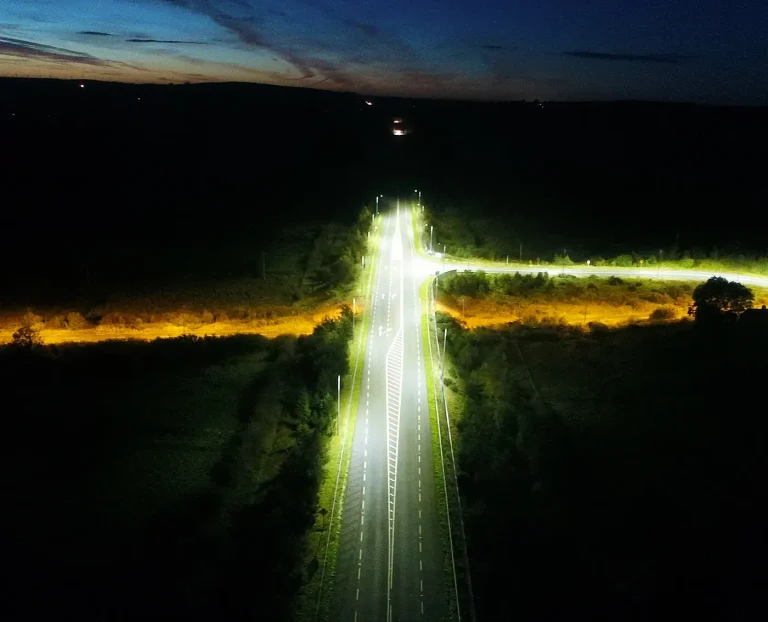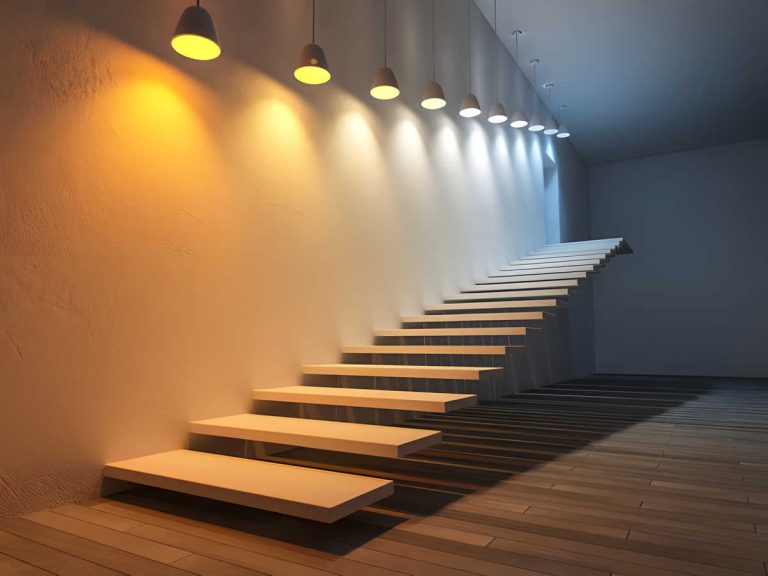When night falls on a city, public lighting quietly steps in as a frontline defense—against fear, disorientation, and, supposedly, crime.
For decades, urban planners and municipalities have operated under the assumption that more light equals more safety. But is it that simple?
Recent studies and urban case studies suggest the answer is more complex. Public lighting absolutely influences how safe people feel—but its actual impact on crime is a more layered story.
Let’s explore the intersection of lighting, safety, perception, and real crime reduction.
🔍 Lighting and Crime: What the Research Shows
📉 Lighting Can Reduce Certain Types of Crime
A 2019 study in New York City led by the University of Chicago Crime Lab and NYPD found that increasing street lighting in public housing areas led to a 36% reduction in nighttime outdoor crime, especially violent offenses like robbery and assault.
That’s powerful—but it came with a caveat: the reductions were location-specific and time-specific. Crimes indoors or during the daytime were unaffected. And the effects weren’t long-term unless lighting was maintained.
⚠️ But Not All Crime is Affected by Lighting
- Opportunistic crimes, like theft or vandalism, can be deterred by brighter spaces.
- Premeditated crimes, however, can simply relocate to darker nearby areas.
- Some crimes even benefit from better visibility—think car break-ins in well-lit but unattended parking lots.
- The real insight: lighting doesn’t eliminate crime; it shifts and shapes the conditions under which it may happen.
🧠 Perception vs Reality
- Public lighting’s biggest power might not be in preventing crime, but in shaping how safe people feel in a space.
- Well-lit streets make people more willing to walk, linger, and socialize.
- Dark, unevenly lit areas signal abandonment or danger, regardless of actual crime statistics.
- This matters, because fear of crime can be as damaging as crime itself—causing people to avoid public spaces, reducing community cohesion, and increasing mistrust of others.
- Lighting, then, becomes a tool not just of crime prevention, but of confidence building.
🛠️ Good Lighting Design for Safer Spaces
More light isn’t always better. Effective public safety lighting focuses on quality, not just quantity.
✔️ Design Principles for Crime-Resistant Lighting:
- Uniformity over intensity: Avoid harsh contrasts that create deep shadows where someone could hide.
- Vertical illumination: Lighting people’s faces (not just the ground) enhances visibility and natural surveillance.
- Avoid glare: Overly bright lights can actually reduce visibility, especially for older adults or drivers.
- Support “eyes on the street”: Combine lighting with activity—cafes, seating, homes—to create passive surveillance.
- Community consultation: Residents often know where they feel unsafe better than data can reveal.
🌍 Equity and Over-Policing Concerns
Public lighting sits at the intersection of urban design and social justice. In some communities, lighting upgrades are welcomed. In others, they are viewed with suspicion—seen as tools of surveillance or gentrification.
Questions arise:
- Who gets new lighting, and who doesn’t?
- Are we lighting to make places safer—or to control who uses them?
- Are cameras and bright lights replacing social investments like youth programs and housing?
- Lighting cannot be a substitute for community-based crime prevention. It’s a complement.
💡 Conclusion: A Light Touch Is Best
Public lighting is one of the most powerful—and underappreciated—tools in urban design. It’s about psychology as much as it is about policing. It won’t eliminate crime, but it can create conditions that discourage it, especially when combined with thoughtful design, community input, and broader investment in public life.
The goal isn’t to make cities brighter. It’s to make them safer, smarter, and more human at night.




